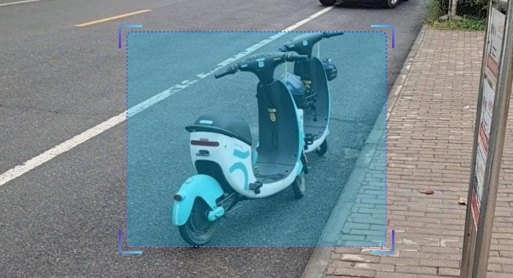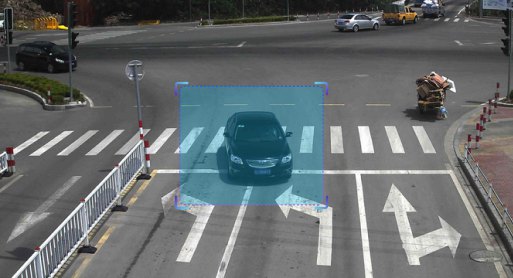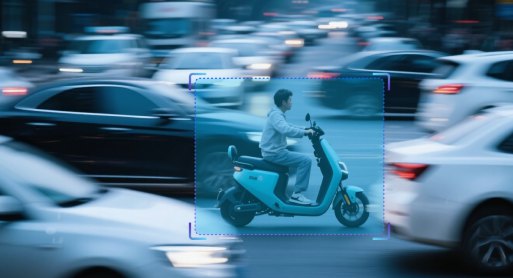
Non-Motorized Vehicle Counterflow Detection

Algorithm Introduction
The non-motorized vehicle retrograde detection algorithm leverages computer vision and deep learning technologies to perform real-time analysis of road scene images/videos, accurately capturing vehicle travel direction. By comparing against road traffic regulations, it rapidly identifies retrograde violations in scenarios such as one-way streets, providing intelligent detection capabilities for one-way road management, shared bicycle governance, and emergency lane monitoring. This enhances the automation and precision of traffic violation supervision.
Application Value
-

One-way Street Management
Automated capture of electric bicycles traveling against traffic flow with signal light-triggered interception -

Shared Bicycle Governance
Identifies rule-violating users for riding against designated direction and restricts vehicle access privileges -

Emergency Lane Monitoring
Conducts unmanned aerial vehicle (UAV) patrols on highway emergency lanes
FAQ
-
Algorithm AccuracyAll algorithms published on the website claim accuracies above 90 %. However, real-world performance drops can occur for the following reasons:
(1) Poor imaging quality, such as
• Strong light, backlight, nighttime, rain, snow, or fog degrading image quality
• Low resolution, motion blur, lens contamination, compression artifacts, or sensor noise
• Targets being partially or fully occluded (common in object detection, tracking, and pose estimation)
(2) The website provides two broad classes of algorithms: general-purpose and long-tail (rare scenes, uncommon object categories, or insufficient training data). Long-tail algorithms typically exhibit weaker generalization.
(3) Accuracy is not guaranteed in boundary or extreme scenarios.
-
Deployment & InferenceWe offer multiple deployment formats—Models, Applets and SDKs.
Compatibility has been verified with more than ten domestic chip vendors, including Huawei Ascend, Iluvatar, and Denglin, ensuring full support for China-made CPUs, GPUs, and NPUs to meet high-grade IT innovation requirements.
For each hardware configuration, we select and deploy a high-accuracy model whose parameter count is optimally matched to the available compute power.
-
How to Customize an AlgorithmAll algorithms showcased on the website come with ready-to-use models and corresponding application examples. If you need further optimization or customization, choose one of the following paths:
(1) Standard Customization (highest accuracy, longer lead time)
Requirements discussion → collect valid data (≥1 000 images or ≥100 video clips from your scenario) → custom algorithm development & deployment → acceptance testing
(2) Rapid Implementation (Monolith:https://monolith.sensefoundry.cn/)
Monolith provides an intuitive, web-based interface that requires no deep AI expertise. In as little as 30 minutes you can upload data, leverage smart annotation, train, and deploy a high-performance vision model end-to-end—dramatically shortening the algorithm production cycle.







